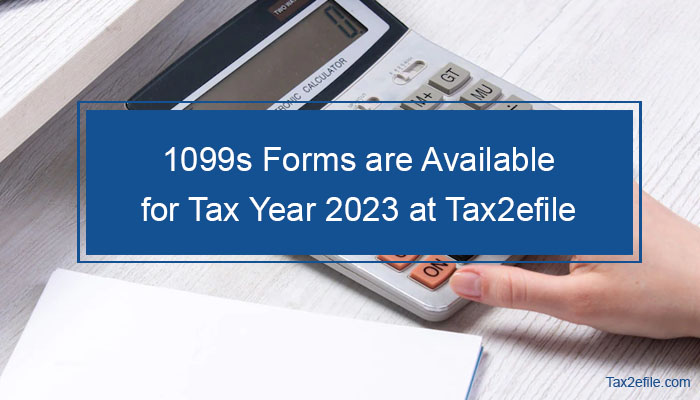- January 28, 2015

The taxpayer needs to report to IRS on any income for services offered as consultants for which they receive income from the payers and also whether or not receive the Form 1099 from them (the issuer). Taxpayer as service consultant from any field has to be careful in ensuring the receipt of the IRS form 1099 with the correct income information reporting from the payers concerned to the IRS.
There are many instances as is natural wherein the taxpayer with regard to Form 1099 reporting could forget some of the receipts of income from payers that they encounter in an annual year. However, it is advised by tax professionals and other useful information through blogs as promoted by the IRS authorized tax partners to the taxpayer for maintaining the correct income accounts as and when they receive the income from the payers concerned which will greatly help them to get organized when reporting the IRS form 1099.
When a taxpayer who is a service consultant or an entrepreneur providing service to the payer, then receives an income for which a form 1099 is served by the payer who is the issuer with wrongly reported income figures to IRS. For instance, the taxpayer receives an income of $20,000 for the services provided to the payer, but where-as the payer sends a copy of Form 1099 to the taxpayer with a wrongly reported income figure as $200,000 to IRS, then the tax liability weighing on the taxpayer as payable is calculated by IRS based on the income figure of $200,000 and not on the actual original income figure of $20,000 as received by the taxpayer for the services provided to the payer. In all these mismatched income reporting scenarios, it is seriously important for the taxpayer to immediately approach the payer (the issuer) to get the in-corrected income figures corrected to safeguard their personal interest to protect against paying a huge tax liability to IRS.
Ideally, do this before the issuer sends the Form 1099 to the IRS. A Form 1099 consists of several parts: for the recipient, the IRS, and the state. 1099 Form should be sent to taxpayers by January 31 and to the IRS by February 28. In most of cases; the issuer will agree to give a new form with the corrected income figures. In rare cases, when the payer and issuer disagree to issue a new corrected form then one has to address the same income figures as reported by the issuer but for example, one could show the $200,000 payment on their return (online 21, or on a Schedule C), and then explain the $180,000 overstatement. One could do so in a statement or footnote by showing $20,000 on line 21, but adding “see the statement.”
The statement might say:
Erroneous Form 1099-MISC – $200,000
Less error amount – $180,000
Net to line 21 – $20,000
This is the best way for the taxpayer to respond to the IRS when receiving an erroneous Form 1099 from the issuer. Though in some cases it may attract an audit from IRS, it is always good, to be honest, to overcome unnecessary litigation with the issuer or with the IRS. It will be still good if the taxpayer maintains all receipt records of the income received from the payer (the issuer) throughout the year before going for tax return filings, especially with regard to IRS form 1099.
